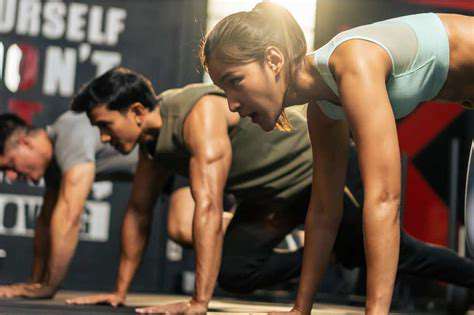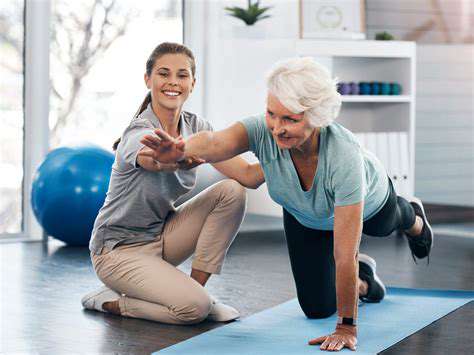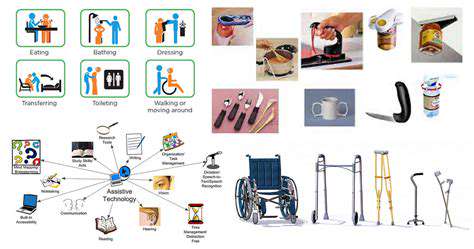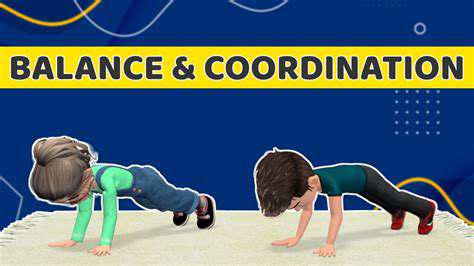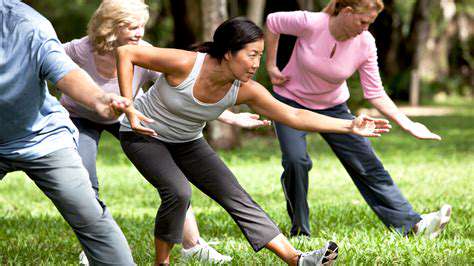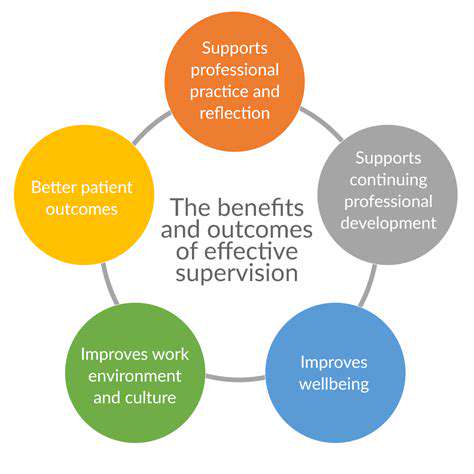Low Impact Cardio for Seniors 70+: Gentle on the Joints
Swimming: A Joint-Friendly Full-Body Workout
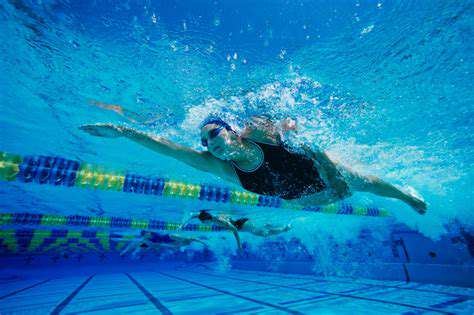
Why Swimming is Gentle on Your Joints
For anyone dealing with joint discomfort, swimming offers a refreshing escape. Water's natural buoyancy lifts the weight off your joints, transforming exercise into a soothing experience rather than a painful ordeal. Unlike pounding the pavement during a run, gliding through water cushions your knees, hips, and ankles. Many physical therapists recommend swimming specifically for arthritis patients and post-surgery rehabilitation.
How Swimming Strengthens Your Heart
Imagine your heart getting a tune-up every time you swim laps. The rhythmic strokes and controlled breathing create an ideal cardiovascular challenge. Studies show regular swimmers have 20-30% lower risk of heart disease compared to sedentary individuals. The horizontal position in water actually helps circulation, making it easier for your heart to pump blood throughout your body.
The Full-Body Toning Effect of Swimming
Each swimming stroke engages different muscle groups in harmony. Freestyle works your shoulders and back, breaststroke tones your inner thighs, and butterfly challenges your core like nothing else. The water's constant resistance means you're essentially doing strength training while you swim. Many athletes use swimming as cross-training to build endurance without overworking specific muscle groups.
Water's Natural Therapy for Stiff Joints
That feeling of weightlessness in water does wonders for stiff joints. The warm water in many therapy pools helps relax muscles while the gentle resistance improves mobility. Physical therapists often have patients perform range-of-motion exercises in water before attempting them on land. The hydrostatic pressure also reduces swelling in arthritic joints, providing natural pain relief.
Adaptable Workouts for Every Ability
From water walking to competitive laps, swimming accommodates all skill levels. Many community centers offer adaptive swim programs for people with disabilities, proving water's universal accessibility. Even non-swimmers can benefit from aquatic exercise using flotation devices. The water's natural resistance automatically adjusts to your effort level - push harder and it pushes back.
The Mind-Clearing Magic of Swimming
There's something meditative about the repetitive strokes and underwater silence. Many swimmers report entering a flow state where worries dissolve with each lap. The combination of rhythmic breathing, physical exertion, and water's sensory experience creates natural stress relief. Some psychologists even recommend swimming as adjunct therapy for anxiety and depression.
Chair Exercises and Water Aerobics: Options for Limited Mobility
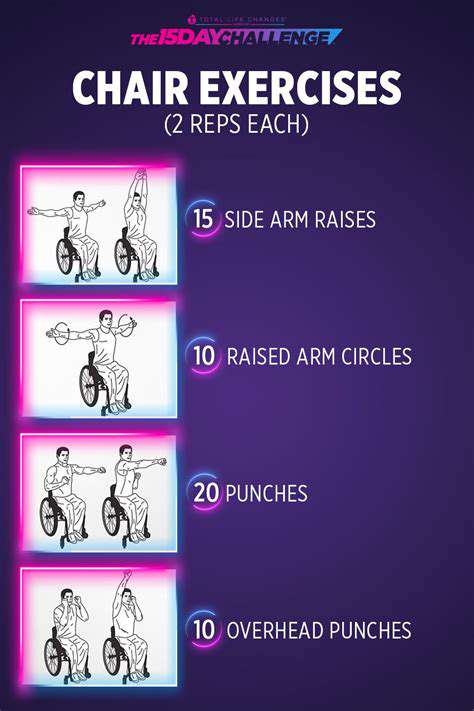
Effective Seated Workouts for Older Adults
Chair exercises prove you don't need to stand to get fit. These adaptable movements help maintain independence by preserving crucial muscle groups. Research shows seniors doing regular seated exercises reduce fall risk by up to 40%. Simple leg lifts while watching TV or seated marches during phone calls can significantly impact mobility over time.
The beauty of chair exercises lies in their versatility. Occupational therapists often teach seated versions of yoga poses and strength moves. Resistance bands can turn any chair into a mini-gym. These modifications allow people with Parkinson's or stroke recovery to safely rebuild strength. Many community centers now offer chair exercise classes recognizing their growing importance.
Why Water Workouts Deliver Unique Benefits
Water aerobics combines cardio and resistance training in one gentle package. The viscosity of water provides 12-14 times more resistance than air, making every movement count. Unlike land exercises, the risk of overheating decreases as water conducts heat away from the body 25 times faster than air.
Aquatic therapists use the water's properties creatively. The deeper you stand, the more resistance you encounter. Moving sideways through water challenges stability muscles differently than forward motion. Many participants report less post-exercise soreness compared to land workouts, allowing for more frequent activity.
Safety First: Avoiding Injury During Seated Workouts
Proper setup prevents problems before they start. Choose a sturdy chair (preferably without wheels) against a wall for stability. Keep feet flat with knees at 90 degrees to protect the lower back. Physical therapists emphasize starting with small ranges of motion and gradually increasing as comfort allows.
Pain should never be ignored during seated exercises. Discomfort might signal the need for adjustments rather than cessation. Certified instructors can modify nearly any exercise for individual limitations - from osteoporosis to recent joint replacements. The key is maintaining movement within safe parameters.
Creating a Balanced Adaptive Fitness Routine
Alternating between chair and water exercises provides comprehensive conditioning. Chair workouts maintain daily movement patterns while water sessions offer cardiovascular challenge. Many rehabilitation centers use this combination, starting with chair exercises to build confidence before progressing to pool activities.
The psychological benefits of variation shouldn't be underestimated. Trying different exercises prevents boredom and works different muscle groups. Some facilities offer chair-to-pool transition programs, helping participants gradually increase activity levels. This phased approach builds long-term exercise adherence.
